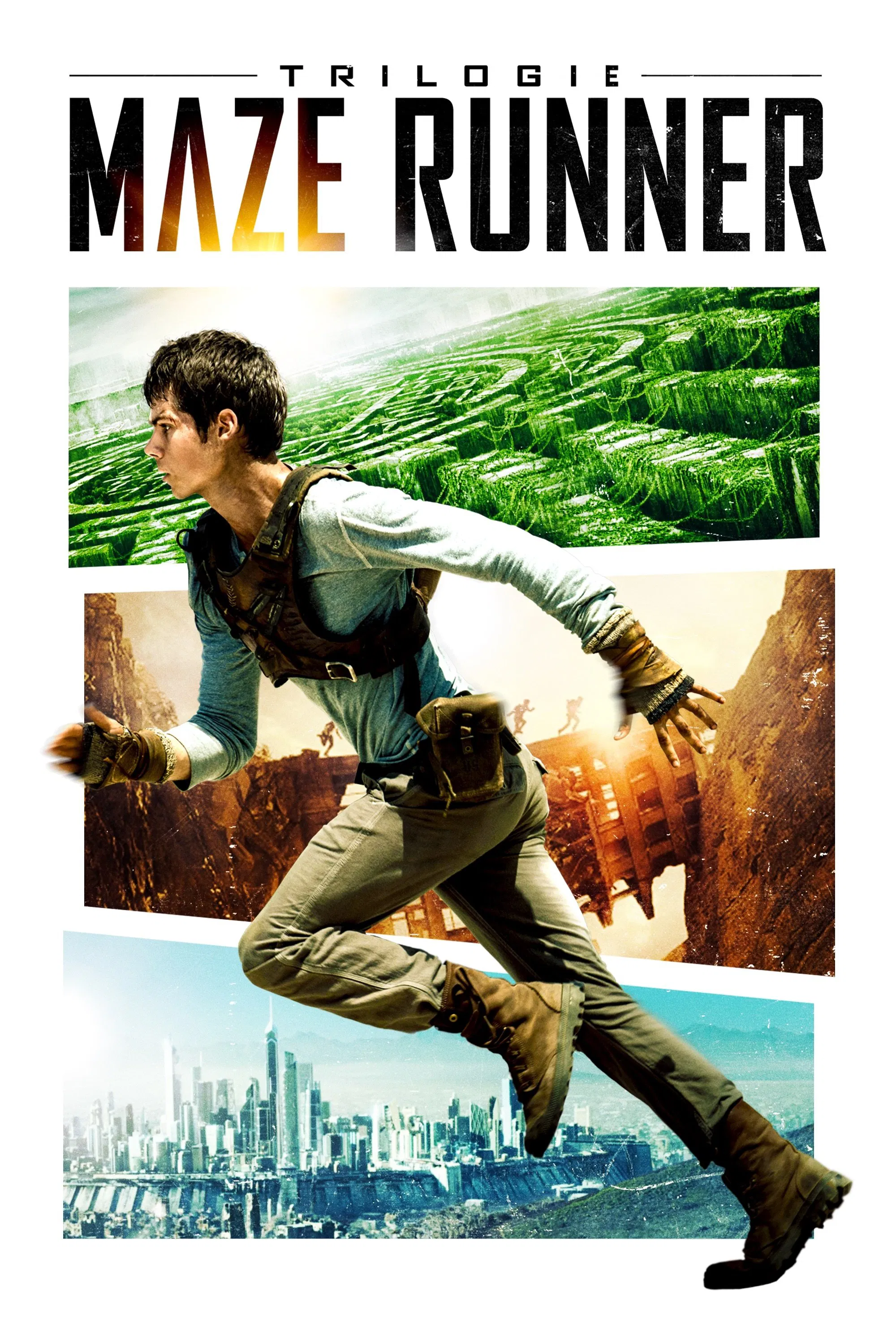A Riveting Teen Fantasy with Notable Flaws
Set in an unknown time on an uncharted planet, the Glade is a vast, square expanse of grass and trees, enclosed by towering concrete walls. For years, a lift in the Glade’s center has delivered a new teenage boy each month. None of them remember their past lives, save for their names. They’re clueless about who created the Glade, why they were chosen, or the selection criteria. While some Gladers focus on building a life, growing food, and raising animals, others explore the Maze—a gigantic labyrinth of passages and dead ends beyond the walls. The doors to the Maze open in the morning and close at night. Those who fail to return to the Glade become prey to the Grievers—nightmarish monsters patrolling the Maze. This continues until Thomas (Dylan O’Brien) arrives, a bolder and more inquisitive youth than his predecessors.

The Maze set walls and doors stood at 6 meters high. Filmmakers used optical illusions and CGI to make them appear 30 meters tall.
“The Maze Runner,” another teen blockbuster in the vein of “Twilight” and “The Hunger Games,” is based on the first book of James Dashner’s trilogy. Unlike its predecessors, it lacks a sentimental love story or even hints of romance. The characters are too busy trying to unravel the Maze’s mysteries and escape before nightfall to pine over the Glade’s sole girl (Kaya Scodelario), who arrives shortly after Thomas.


The Glade’s forest and meadow were filmed on location in Louisiana. The area was so infested with venomous snakes that a herpetologist would sweep the set each day to ensure the crew’s safety.
This focus is a definite plus for viewers seeking heroic feats and thrilling plots. While many fantasy films lose their appeal after explaining their world’s rules, “The Maze Runner” offers plot twists until the very end. Just when it seems the film has nothing left to surprise with, it pulls another ace from its sleeve, forcing a reevaluation of what was previously taken for granted. Combined with the grand scale of the sets and the tense relationships between the young characters (Dashner was clearly inspired by “Lord of the Flies,” though his characters are better organized and less religiously preoccupied), this creates a superb thriller that makes two hours fly by.

The Bitter Aftertaste
Unfortunately, “The Maze Runner” leaves a bitter taste. Why? First, its final revelations are utterly absurd. When the Glade’s “puppeteers” explain their actions, they essentially admit to using a pyramid-sized forge hammer to drive a nail after years of trial and error, when they should have simply examined the nail under a microscope for bloodstains. While teen fantasy films shouldn’t be held to the realism of adult dramas, “The Maze Runner” fails even the simplest logic test. This isn’t a screenwriting flaw but an inherent “bug” in Dashner’s trilogy, which starts strong but becomes increasingly nonsensical as Thomas and his friends uncover the surrounding mysteries.
The Flawed Messiah
Second, and more significantly, Thomas is the most boring and uninspired protagonist in recent blockbusters. He’s a Messiah without a Gethsemane, a hero without fear or reproach, who only shows weakness at the start when he’s scared and disoriented by amnesia. He then becomes the embodiment of virtue, making him a great companion but a terrible character. Even a Messiah should have moments of weakness, revealing the limits of their humanity and making their subsequent noble deeds all the more heroic. Thomas, however, charges ahead like a tank, making him more of a virtue machine than a hero or a human. Dylan O’Brien isn’t charismatic enough to fill this narrative gap. Consequently, you leave the theater thinking about anyone but the main character, which is unacceptable, especially since the other characters in “The Maze Runner” aren’t particularly memorable either—aside from their diverse races and skin tones.
